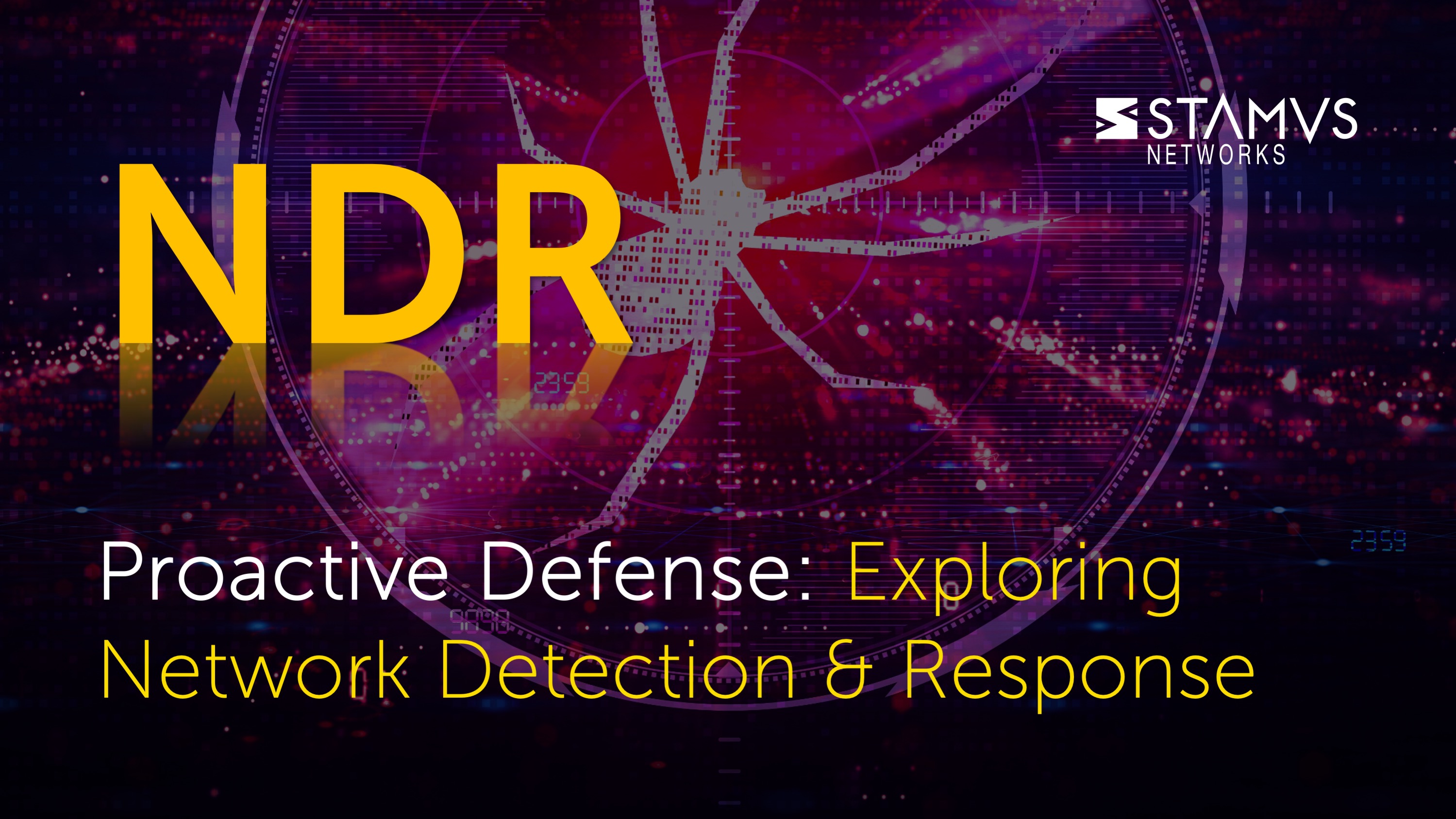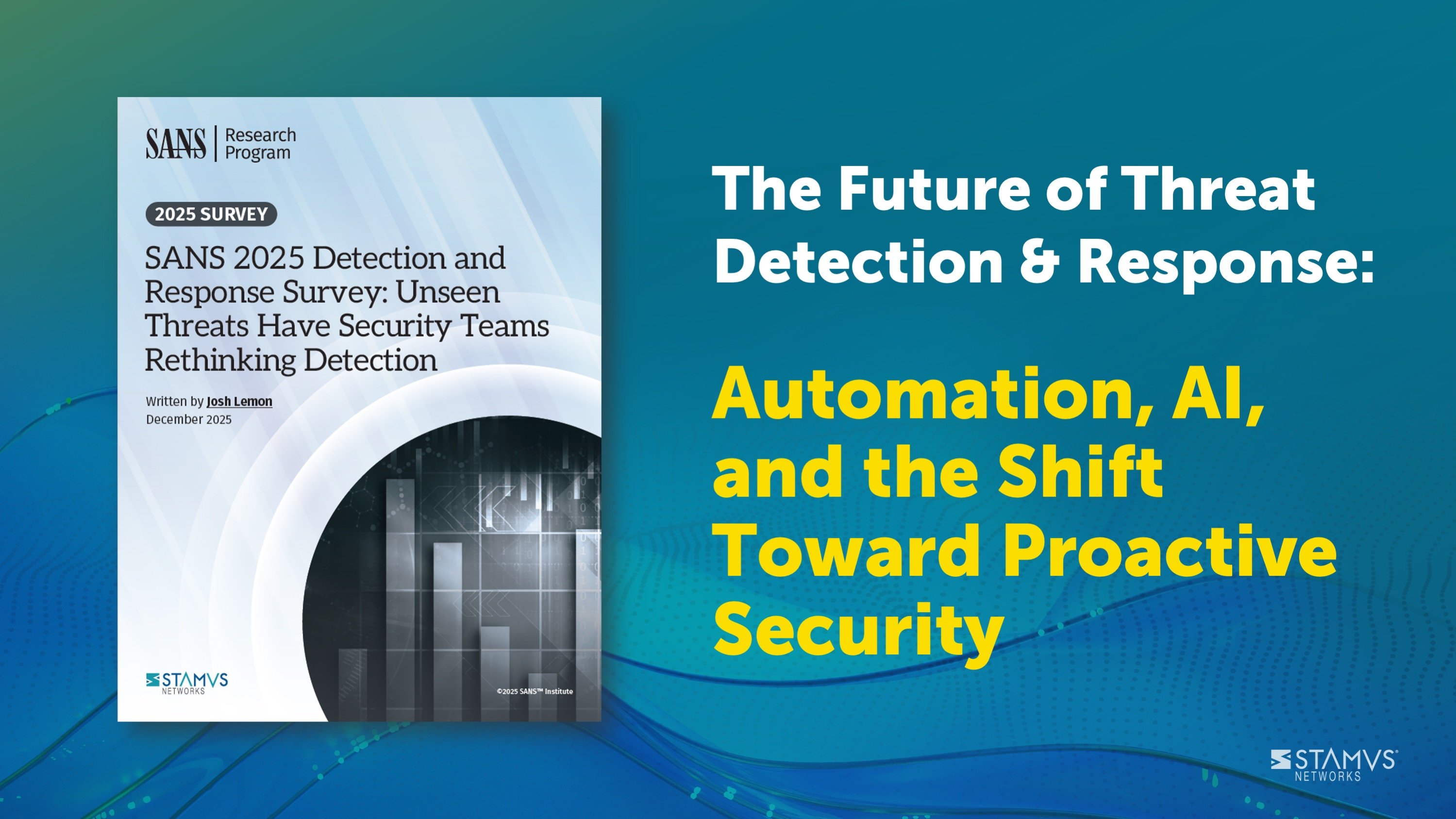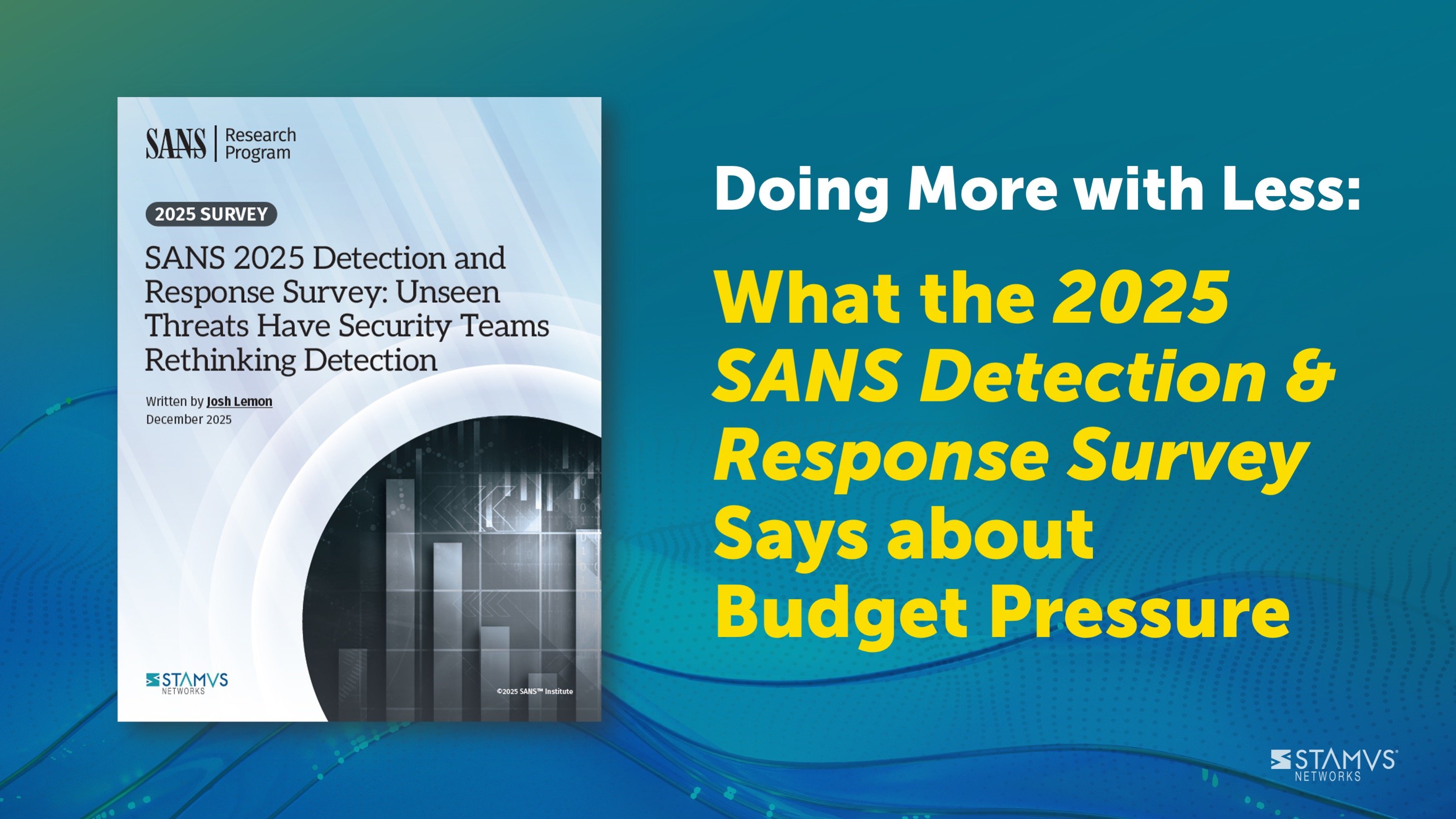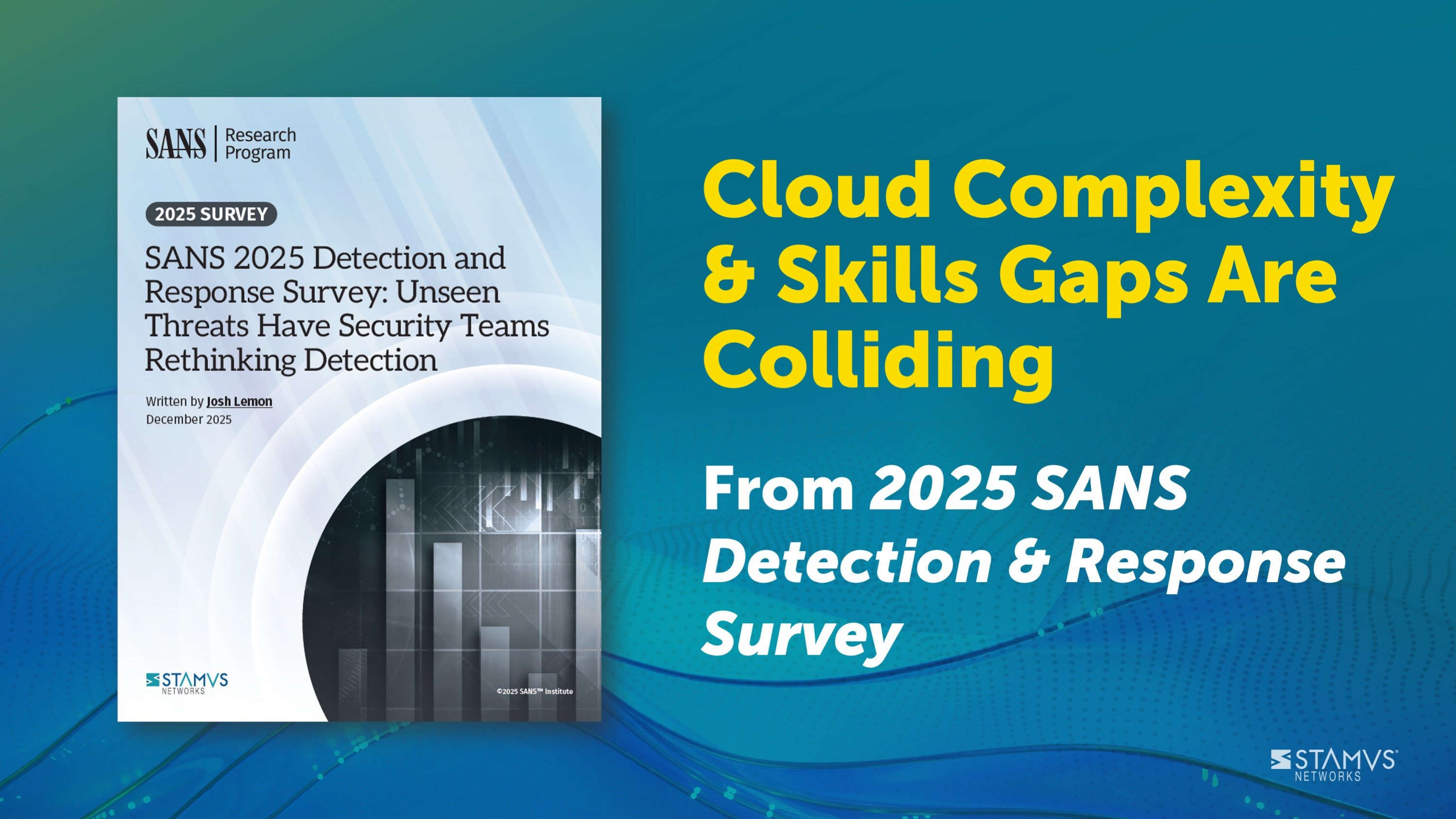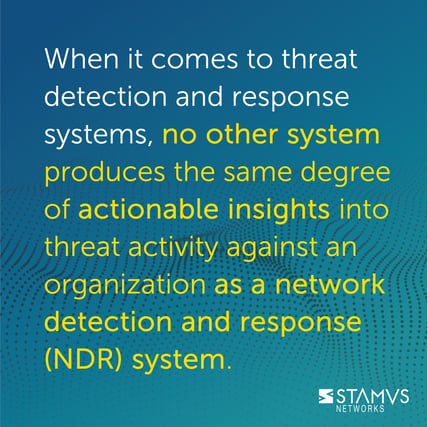 Network security plays a crucial role in today's digital landscape as it safeguards sensitive information, prevents unauthorized access, and ensures the confidentiality, integrity, and availability of data. By implementing robust network security measures, organizations can protect against cyber threats to preserve the trust of customers, maintain business continuity, and safeguard valuable assets. Simply put, network security is one of the fundamental pillars of a comprehensive cybersecurity strategy.
Network security plays a crucial role in today's digital landscape as it safeguards sensitive information, prevents unauthorized access, and ensures the confidentiality, integrity, and availability of data. By implementing robust network security measures, organizations can protect against cyber threats to preserve the trust of customers, maintain business continuity, and safeguard valuable assets. Simply put, network security is one of the fundamental pillars of a comprehensive cybersecurity strategy.
When it comes to threat detection and response systems, no other system produces the same degree of actionable insights into threat activity against an organization as a network detection and response (NDR) system. This blog post, the second in our five part series on threat detection and response systems, is focused on NDR. We discuss the importance of network visibility for effective threat detection and response, the benefits, use cases, and potential limitations of NDR systems, and how NDR can complement other systems to provide a more comprehensive approach to cybersecurity.
The Power of Network Detection and Response (NDR) in Cybersecurity
Network Detection and Response (NDR) is an advanced cybersecurity approach that focuses on monitoring and analyzing network traffic to identify and respond to potential threats. NDR solutions are designed to detect malicious activities, anomalies, and indicators of compromise (IOCs) within network traffic in real time. By leveraging machine learning, behavioral analytics, and signature-based detection techniques, NDR systems can identify and mitigate a wide range of network-based threats, including malware infections, unauthorized access attempts, data exfiltration, lateral movement, policy violations, anomalies, and other suspicious network behaviors.
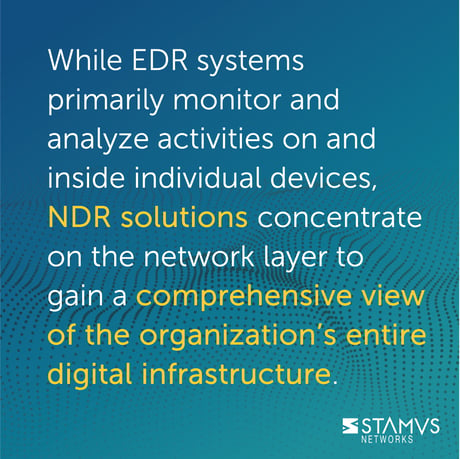
What sets NDR apart from other threat detection and response systems is its specific focus on network traffic analysis. While Endpoint Detection and Response (EDR) systems primarily monitor and analyze activities on and inside individual devices, NDR solutions concentrate on the network layer to gain a comprehensive view of the organization’s entire digital infrastructure. NDR systems extract and analyze network packets, flow data, and metadata to identify potential threats and anomalies, providing valuable insights into network-based attacks.
Additionally, NDR differs from legacy Intrusion Detection Systems (IDS) and Intrusion Prevention Systems (IPS) by adopting a more proactive and intelligent approach. NDR solutions go beyond simple rule-based detection and signature matching by leveraging advanced analytics and machine learning algorithms to detect sophisticated and evasive threats that may bypass traditional security measures. NDR systems can provide deep visibility into network traffic, discover unknown threats through anomaly detection, and perform behavioral analysis to identify malicious patterns.
Ultimately, by leveraging the network, NDR systems provide a comprehensive view of network infrastructure to identify attacks, which is vital for effective threat detection and response.
Network Detection and Response Use-Cases
NDR systems offer a range of use-cases which enable organizations to effectively detect, respond to, and mitigate threats within their network environment.
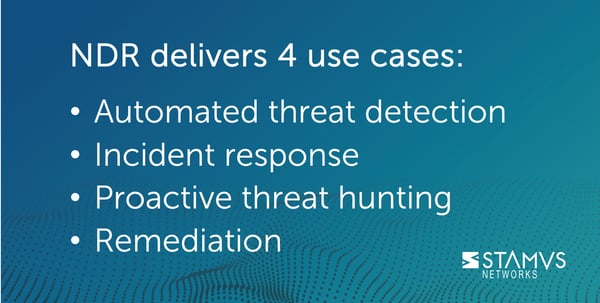
- 1. Automated Threat Detection - NDR systems employ advanced algorithms and machine learning to automatically identify potential threats within network traffic. By continuously monitoring and analyzing network data, NDR solutions detect anomalous behaviors, malicious patterns, and IOCs in near real-time. This enables security teams to perform the following use-case – incident response.
- 2. Incident Response - By capturing detailed network activity logs and traffic data, NDR empowers security teams to reconstruct the sequence of events, investigate the root cause, and understand the extent of the breach. This enhanced visibility allows for faster response times, enabling organizations to contain and mitigate the impact of security incidents efficiently.
- 3. Proactive Threat Hunting - With NDR systems, security analysts can use advanced search capabilities, behavioral analytics, and threat intelligence to actively explore network data, identify hidden threats, and uncover emerging attack patterns. Proactive threat hunting helps organizations stay ahead of threat actors, detecting and neutralizing threats before they cause harm.
- 4. Remediation - NDR systems can help organizations take immediate remedial action to prevent further damage or attacks. Once a threat is identified, an NDR system can automatically trigger a response action through integrations with other systems like EDR to block suspicious IP addresses, isolate compromised end-user devices, or implement access control policies. These actions help contain the threat, prevent lateral movement, and minimize the impact of a security incident.
Harnessing Increased Network Visibility for Effective Threat Detection and Response
Optimum network visibility is a critical factor in effective threat detection and response strategies. By monitoring and analyzing network traffic, organizations can gain deep insights into the activities happening in their network infrastructure. The benefits of increased network visibility can be summed up into three key outcomes:
- Early Threat Detection: By maximizing network visibility, the organization is enabled to detect malicious activities and indicators of compromise (IOCs) at their earliest stages. Network traffic holds the information needed to identify abnormal behaviors, suspicious communication patterns, and unauthorized activity. This early detection allows security teams to promptly respond and mitigate threats before they can cause significant damage or exfiltrate sensitive data.
- Rapid Incident Response: With greater network visibility comes real-time monitoring and analysis of network traffic, enabling organizations to respond swiftly to security incidents. Security teams need clear visibility into network activities to identify the scope and impact of an incident, trace its origin, and take immediate action to contain and remediate the threat. Timely incident response minimizes the potential damage, reduces downtime, and helps security teams restore normal operations quickly.
- Comprehensive Threat Analysis: Expanded network visibility allows for in-depth analysis of network traffic, helping organizations understand the context, nature, and scope of potential threat proliferation. By examining network communication patterns, traffic flows, and data exchanges, security teams can identify malicious behavior, detect malware infections, uncover hidden threats, and gain valuable insights into the tactics, techniques, and procedures (TTPs) employed by attackers. This comprehensive threat analysis helps security teams develop effective countermeasures and improve defenses.
Network detection and response (NDR) systems provide the advanced network visibility needed to enable organizations to enjoy these outcomes, but this is only part of the benefits provided by modern NDR systems.
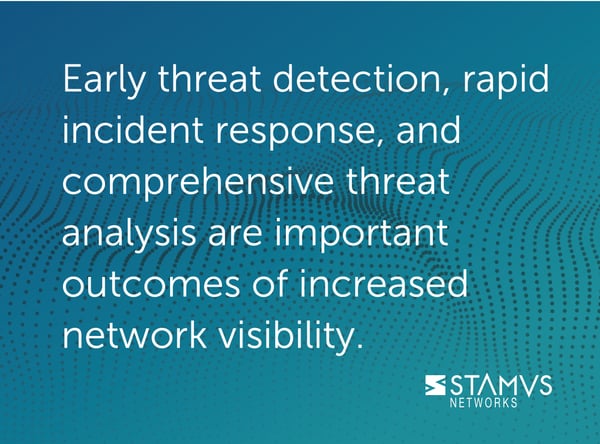
Additional Benefits of Network Detection and Response (NDR)
- Advanced Threat Detection: NDR solutions leverage behavioral analysis, signature-based detection, and machine learning techniques to detect and identify sophisticated threats, zero-day attacks, and advanced malware that may evade traditional security measures.
- Passive Monitoring: NDR systems are non-intrusive, inspecting a copy of the network traffic from a packet broker or mirror port. This allows organizations to gain real-time insights and detect potential threats without impacting network performance or disrupting operations.
- Anomaly Detection: NDR systems analyze network traffic patterns and behaviors to detect anomalies, helping organizations identify potential security breaches, unauthorized activity, and insider threats.
- Lateral Movement Detection: NDR solutions can identify lateral movement within the network, helping organizations detect and prevent the spread of threats from one system or user to another, enhancing overall network security.
- Agentless Deployment: Unlike Endpoint Detection and Response (EDR) systems, NDR systems are agentless. This eliminates the need to install software on individual endpoints, simplifying deployment and reducing maintenance and support overhead. This is especially beneficial in environments where there are not typical endpoints, such as an organization that supports a bring-your-own-device (BYOD) model, an Internet of Things (IoT) environment, military, medical or industrial control systems.
- Forensic Analysis: NDR systems provide detailed network logs, file extraction, packet capture, and other critical event metadata, aiding in incident investigation and forensic analysis. This helps users understand the attack methodology, support legal proceedings, and prevent future incidents.
- Threat Hunting: NDR systems facilitate proactive threat hunting activities by allowing security teams to search for potential threats, identify novel or unknown malware, and uncover malicious or unauthorized activities that may have evaded other security measures.
- Compliance and Regulatory Requirements: NDR solutions provide the necessary visibility, logging, and reporting capabilities to meet compliance obligations, ensuring organizations adhere to industry regulations and data protection standards.
- Network Performance Optimization: NDR solutions can offer insights into network performance, including traffic patterns, bandwidth utilization, and application performance, helping organizations optimize their network infrastructure and enhance overall efficiency.
- Network Hygiene Audit: NDR systems can provide insights into the health of an organization’s network systems. By continuously monitoring traffic, organizations can better identify and address potential security risks, misconfigurations, and vulnerabilities.
Limitations of Network Detection and Response (NDR)
Unfortunately, no tool is perfect for every situation. NDR does have its limitations, which is why mature security teams pursue a comprehensive threat detection and response strategy which mitigates the challenges presented by individual systems. It is important to note that while NDR systems do have limitations, the value they provide outweighs the potential impact of those challenges. Some challenges that you might face when deploying an NDR are:
- Encryption: NDR systems face challenges in detecting threats within encrypted network traffic. As encryption becomes more prevalent, particularly with the widespread adoption of Transport Layer Security (TLS), it becomes more difficult for NDR solutions to analyze the contents of encrypted communication. To mitigate this, organizations can deploy additional measures like SSL/TLS decryption proxies or specialized decryption softwares that would allow their security teams to inspect encrypted traffic.
- False Positives and Negatives: Like any threat detection system, NDR solutions may generate false positives and false negatives. False positives occur when benign activities are mistakenly flagged as threats, leading to unnecessary alerts and potentially diverting valuable resources. False negatives, on the other hand, occur when actual threats go undetected, posing a risk to the organization. Fine-tuning NDR systems to minimize false positives while maintaining high detection accuracy can be challenging, though some modern systems, like the Stamus Security Platform, provide solutions to this problem.
- Limited Endpoint Visibility: NDR primarily focuses on monitoring and analyzing network traffic. While it provides insights into network-based threats and behaviors, it offers limited visibility into endpoints, such as individual devices and user activities on those devices. This limitation can hinder the ability to detect threats originating from endpoints and may require integration with Endpoint Detection and Response (EDR) solutions for more comprehensive coverage.
- Scalability and Performance: NDR systems can experience scalability and performance challenges, particularly in large and complex network environments. Processing and analyzing vast amounts of network data in real-time can require significant computational resources. There are NDR systems capable of handling high network traffic volumes, so it is imperative that organizations seek a solution that can handle their specific performance requirements.
- False Sense of Security: When choosing to implement any threat detection and response system, it is important to not rely solely on a single system. Whether the organization chooses to primarily use NDR, EDR, or XDR, they should not neglect other crucial security measures and instead seek to integrate multiple systems to maximize coverage.
Enhancing Threat Detection and Response Effectiveness by Integrating NDR, EDR, and XDR Systems
Organizations should be aware of these limitations and carefully consider their specific requirements and environment when implementing NDR solutions. Supplementing NDR with other security measures can help overcome some of these limitations and create a more robust security posture.
By combining the strengths of NDR, EDR, and XDR, organizations can establish a more comprehensive and proactive cybersecurity posture. This approach maximizes visibility into network and endpoint activities, enables faster threat detection, and improves the effectiveness of incident response efforts. The integration and collaboration among these systems create a synergy that enhances the overall threat detection and response capabilities, helping organizations stay ahead of evolving cyber threats.
Uncovering the Potential of Network Detection and Response (NDR)
NDR is an incredibly effective network threat detection and response system on its own, and when paired with additional systems it helps complete a comprehensive security strategy. If you are considering using NDR in your organization, you should read more about the Stamus Security Platform, a broad-spectrum, open network-based threat detection and response system that delivers actionable network visibility and threat detection.
In our next post we will be taking a look at endpoint detection and response (EDR), so make sure to subscribe to the Stamus Networks blog, follow us on Twitter and LinkedIn, or join our Discord to be notified of new posts.

